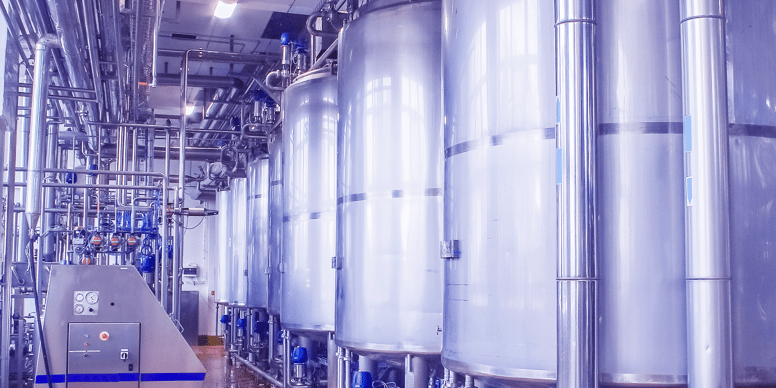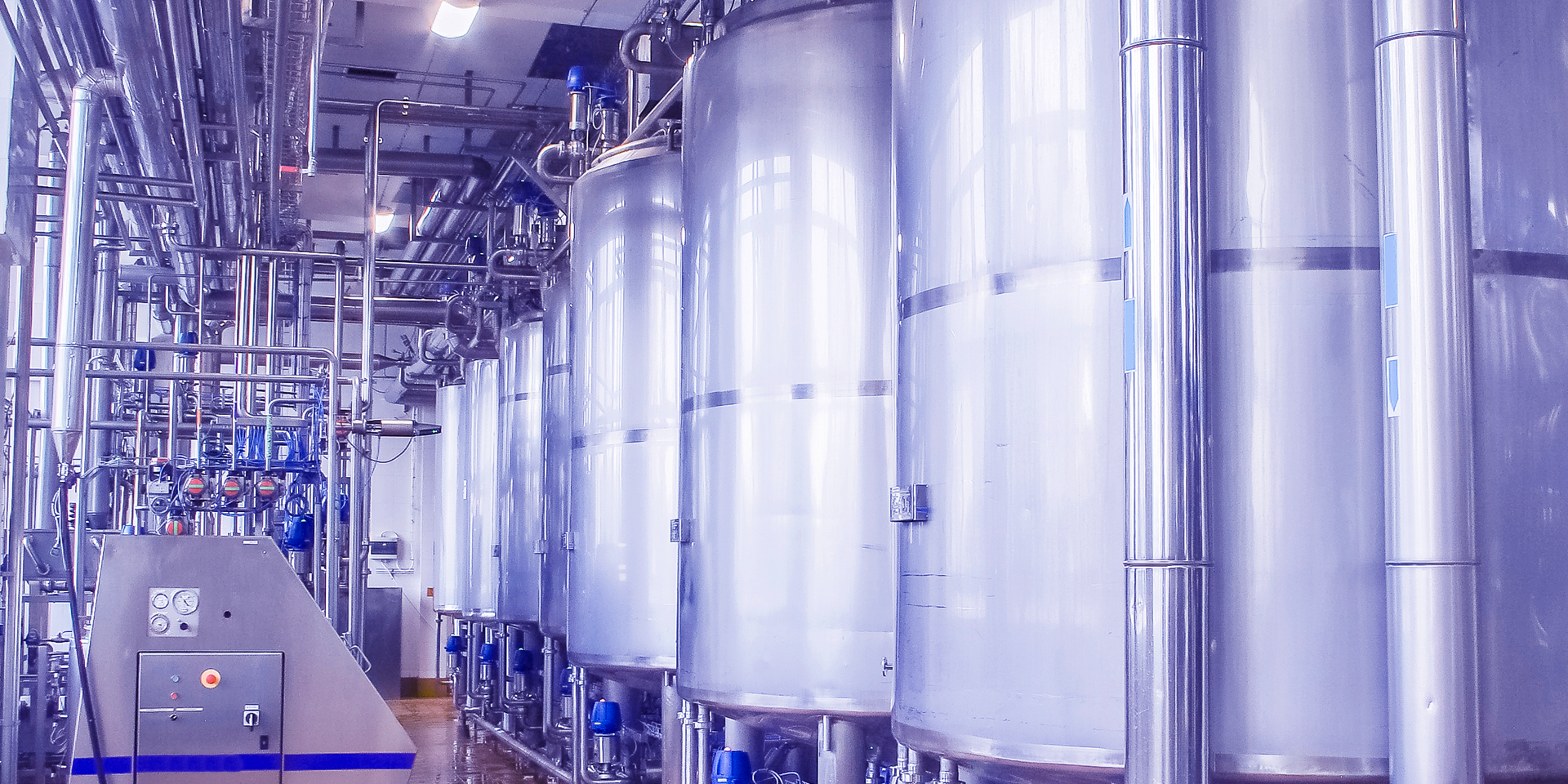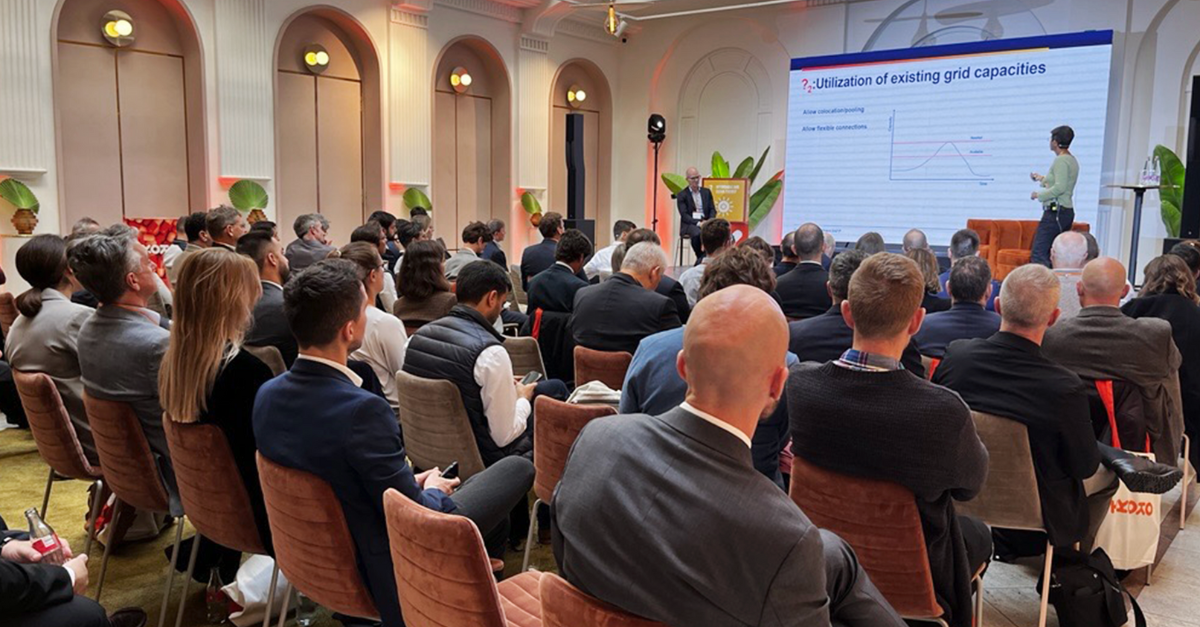Powering progress and storing potential this July
This month’s updates spotlight major strides for thermal energy storage; from publishing the first-ever peer-reviewed study based on real operational data from Norbis Park Heatcube, to seeing growing momentum in the food industry’s decarbonization efforts. Plus, why smarter heat — backed by strong policy — is key to a cleaner, more resilient European energy system.
Dive in for insights on projects, research breakthroughs, and why Heatcube is at the front of industrial energy transformation.

First-of-its-kind study on operational Heatcube data
The new peer-reviewed study, Thermal performance and dynamic response assessment of an industrial molten salts based power-to-heat system, based on real operational data from Kyoto’s Heatcube has just been published in Energy Conversion and Management.
The study presents results from our Heatcube installed at Norbis Park in Aalborg, Denmark, and marks a significant milestone for electrified thermal energy storage.
Among the key findings:
- One of the first commercial pilots to use modular molten salt tanks with ternary salt for industrial heat applications
- Charging/discharging efficiencies exceeding 97%, and round-trip efficiency above 94%, even under off-design conditions
- A fully electric heater capable of ramping from 0 to 5 MW in under five seconds, demonstrating strong potential for grid services such as frequency regulation
The research was led by Kyoto's R&D KTH partners Rafael Guedez, Silvia Trevisan, Kyoto teams members Sharat Kumar Pathi, James Brown, Bjarke Buchbjerg, and Andrés Barros Borrero, and developed in collaboration with Energy at KTH under the RIHOND project. The work was also supported by the I-UPS and SCO2OP-TES projects, funded by the European Climate, Infrastructure and Environment Executive Agency (CINEA).
We’re proud to contribute to the growing body of knowledge on electrified thermal energy storage, and extend our thanks to all authors and partners involved in this important milestone.

Let’s talk about your Heat Demand
We’re already partnering with leading industrial players to decarbonize high-temperature process heat using Heatcube. Now, as deployment accelerates across Europe, we’re identifying additional sites where thermal storage can deliver the greatest environmental and economic impact.
If your operations involve significant process heat and you're looking to reduce emissions, optimize energy costs, or tap into the flexibility demand — now’s the time to connect.
Share your heat demand profile and we’ll assess potential for a Heatcube installation at your site.
If your operations involve significant process heat and you're looking to reduce emissions, optimize energy costs, or tap into the flexibility demand — now’s the time to connect.
Share your heat demand profile and we’ll assess potential for a Heatcube installation at your site.
Unlocking industrial decarbonization: Policy must catch up with technology
Thermal energy storage (TES) is ready to deliver, and Europe must act to unlock its full potential.
A new policy brief from Future Cleantech Architects highlights the untapped opportunity of TES in the push for industrial decarbonization. By storing low-cost, renewable energy and making it available during periods of peak demand, TES not only enables reliable, clean heat, it also supports grid stability, eases congestion, and avoids costly infrastructure upgrades.
The impact could be massive: TES has the potential to replace up to 1,800 TWh of fossil fuels annually and cut more than 500 MtCO₂e in emissions across European industry.
Yet despite its maturity — especially in low- and medium-temperature applications, where 80% of industrial heat is used — TES remains underutilized. The economic case is improving, but long-term policy signals are still missing.
FCA’s recommendations are clear: targeted policy interventions are essential to send the right investment signals, reduce dependency on fossil fuels, and reinforce European competitiveness and energy security.

Industry Trends | Decarbonizing the Food industry
The global food industry is at a crossroads. As one of the largest contributors of CO₂; responsible for 25% of global CO₂ emissions, 44% of methane emissions, and 80% of nitrogen emissions — the sector has a critical role to play in reaching global climate targets.
Unlike other hard-to-abate industries, the food sector has a clear opportunity to achieve net-zero, and even net-positive, emissions. A comprehensive set of interventions could help the sector reduce emissions by up to 90%.
Key levers include:
- Low-carbon farming practices
- Renewable energy integration
- Food waste reduction
Transforming the entire farm-to-fork ecosystem will require collaboration across producers, processors, retailers, regulators, and consumers. Innovation and data-driven strategies will be essential to measure and accelerate progress.
With the right coalitions and investments, the food sector can become a catalyst —not just a contributor — for climate action.
Read more on Deloitte's Pathways to decarbonization



